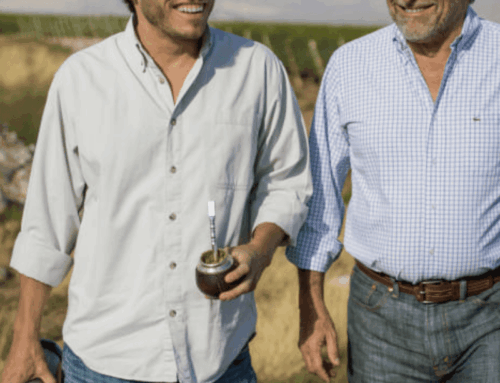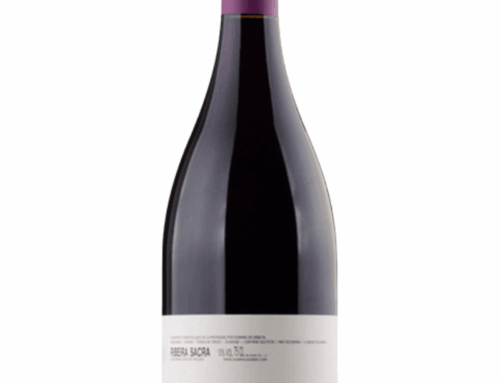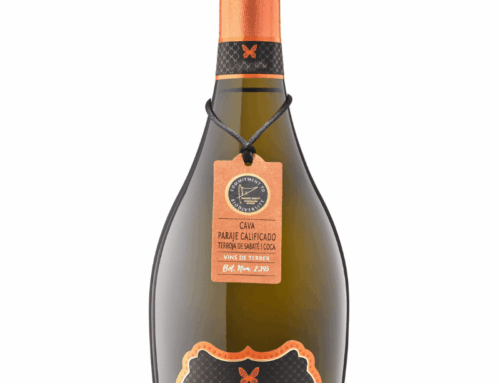BLIND TASTING:
WINE’S ULTIMATE GAME OF TRUTH
Of all the ways to taste wine—by theme, by region, by grape variety or vintage—blind tasting is often hailed as the gold standard. Why? Because it strips away every influence: no label, no bottle shape, not even a clue from the cork or screwcap. It’s just you and your senses. No safety net.
Yes, it’s hard. Yes, it’s humbling. But it’s also a brilliant exercise—whether you’re training your palate or simply putting your confidence to the test. And let’s be honest, it’s way more fun when a humble unknown wine steals the show from a big-name bottle.
At Classic Vins, we taste wines blind a lot (no surprise there!). It sharpens our judgment, reveals hidden gems, and—most importantly—helps us decide if a wine delivers real value and real pleasure. Because that’s what we care about: is it worth your money?
But here’s where it gets interesting. Blind tasting isn’t always as objective as it seems. Why?
-
The Wine Itself Changes.
Even the same wine, same producer, same vintage, can taste different from one bottle to another. Age adds more variability. And if you’re opening it on a stormy Tuesday versus a sunny Friday… well, some blame the atmospheric pressure. Others swear by the Biodynamic calendar. Whatever the cause, wine is alive—and unpredictable. -
The Taster Changes Too.
Even pros aren’t immune to their own moods. A bad night’s sleep, a stressful morning, or even the weather can subtly shift perception. One day it’s a beauty, the next day it’s “meh.” The truth? We’re only human.
So while blind tasting is a powerful tool, it’s also a humbling reminder: wine is not a science, it’s a living art.
Cheers to discovering wines with open minds (and covered labels)!






